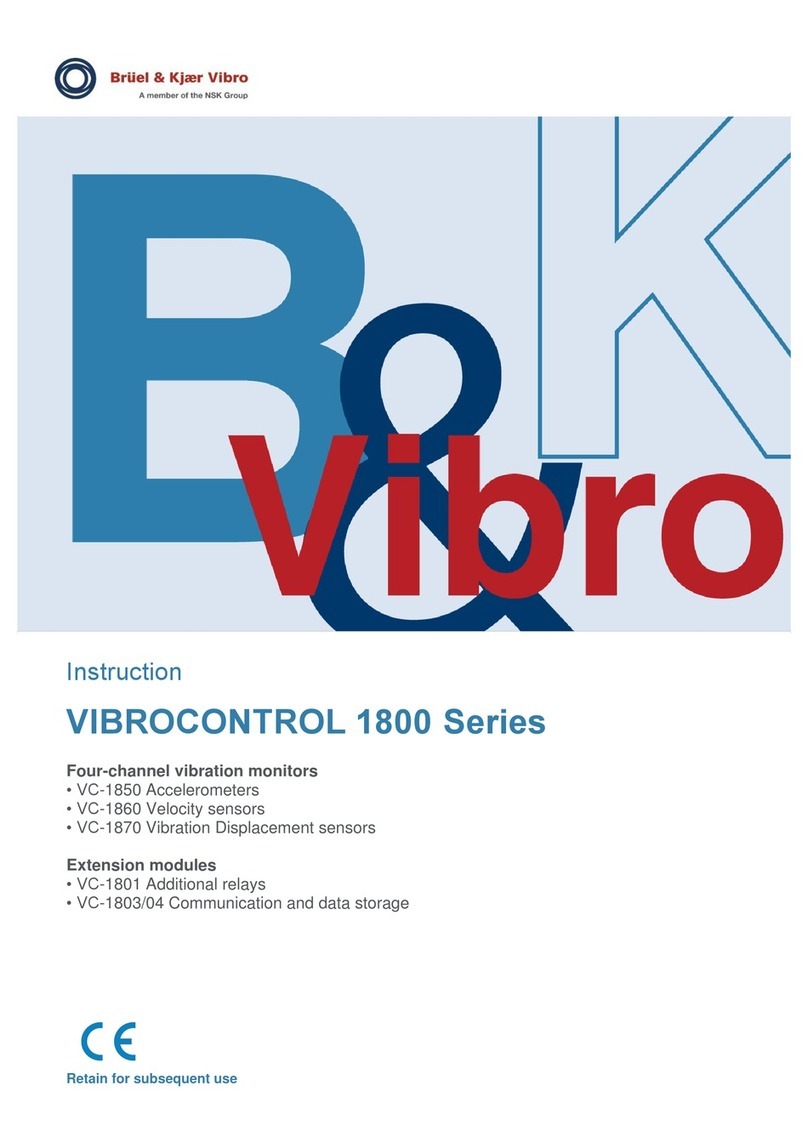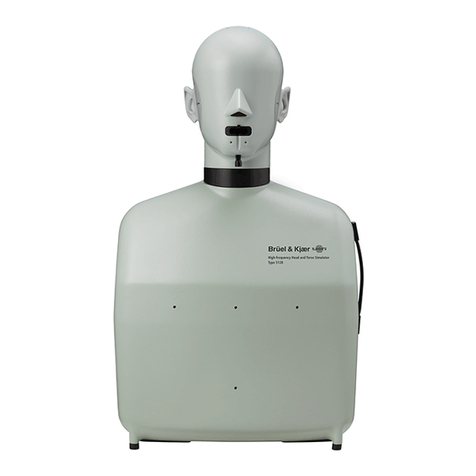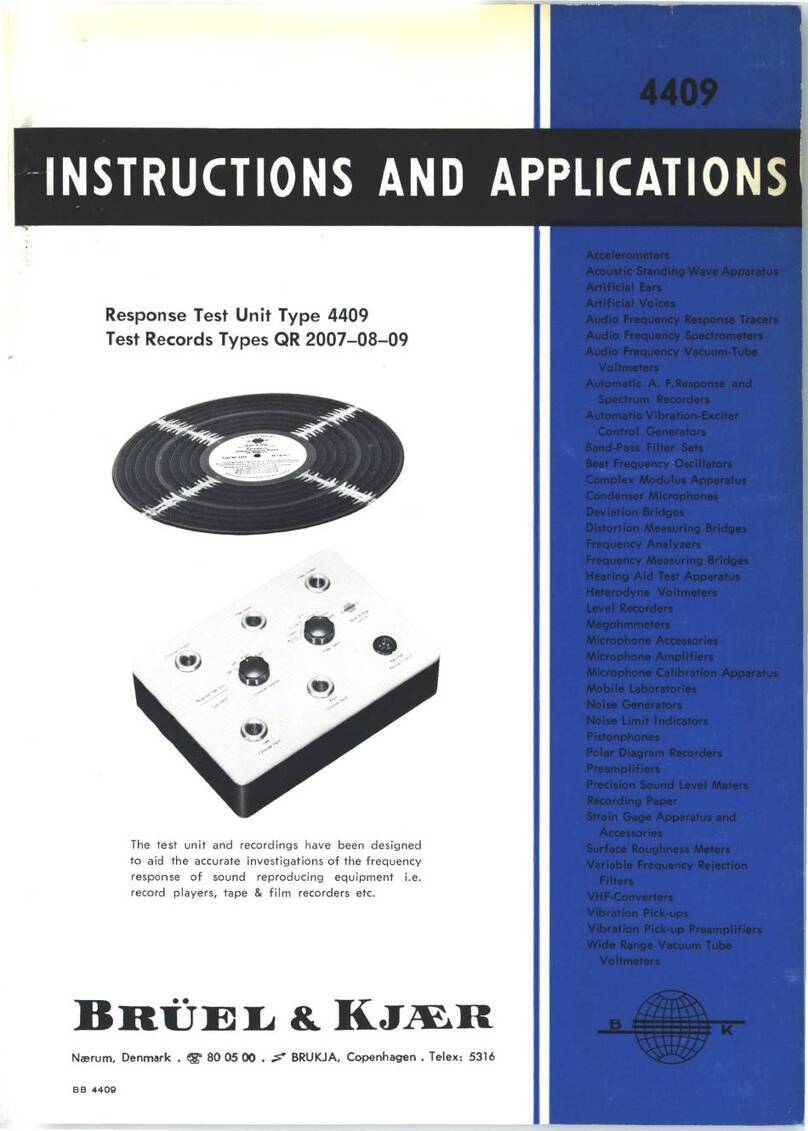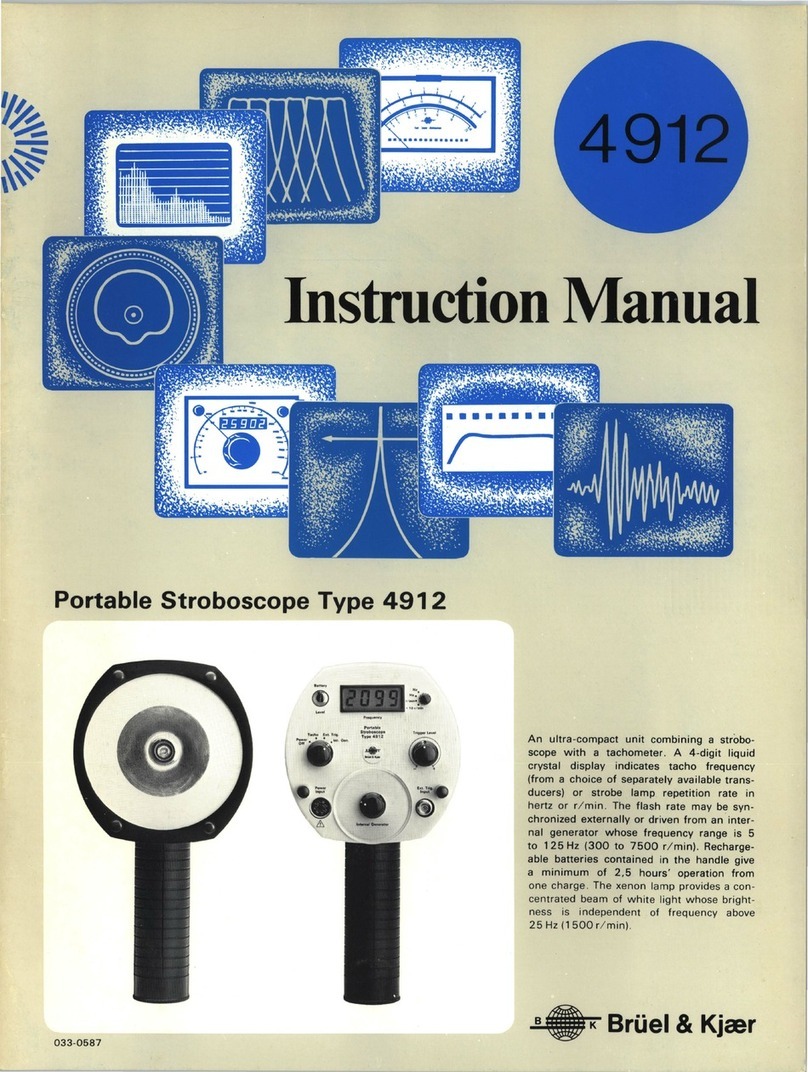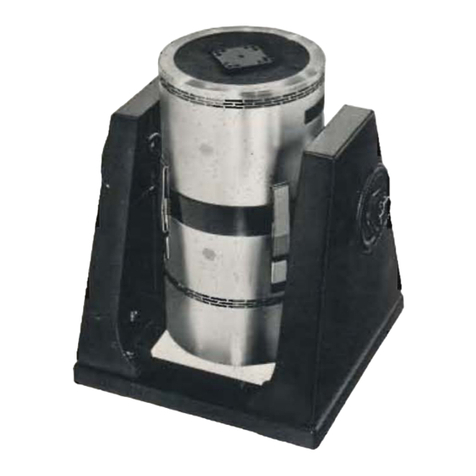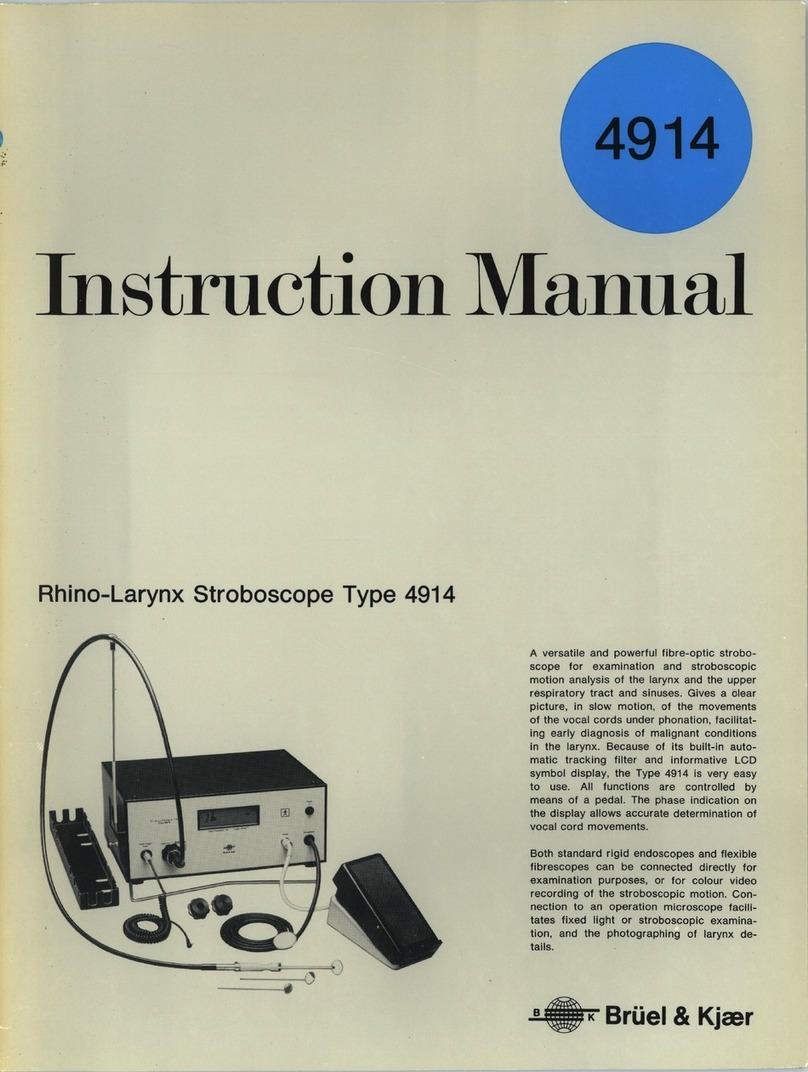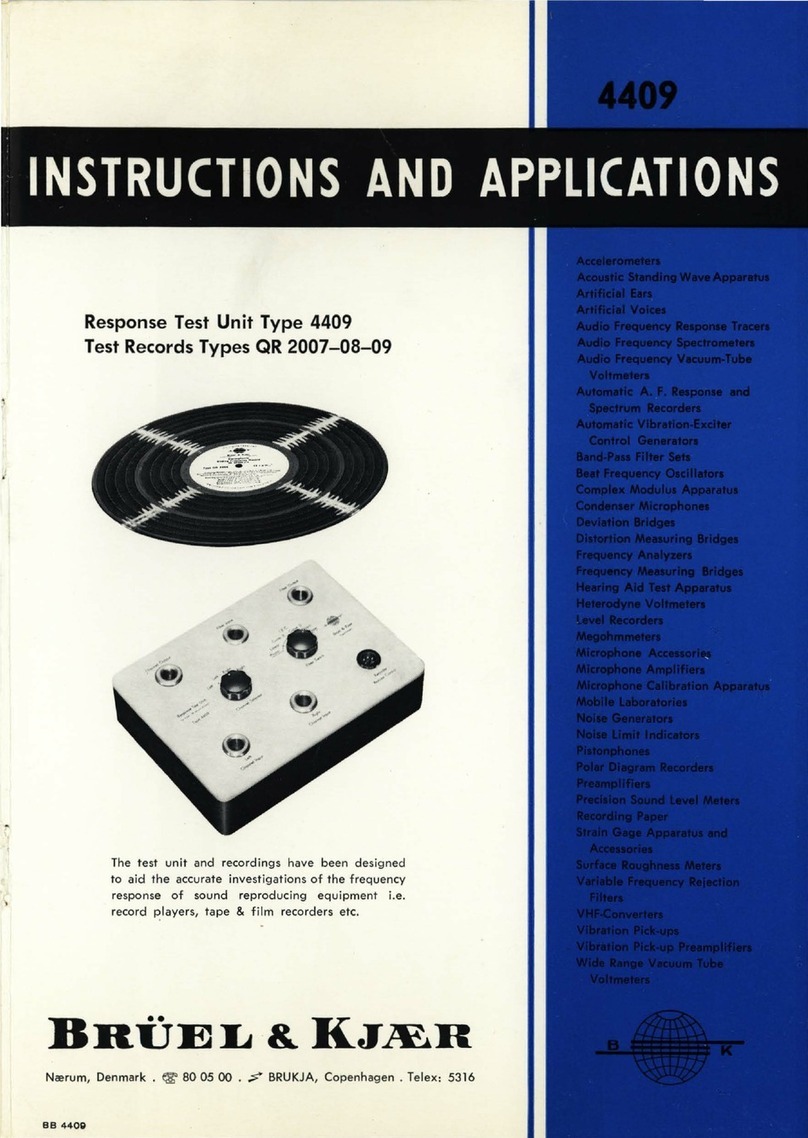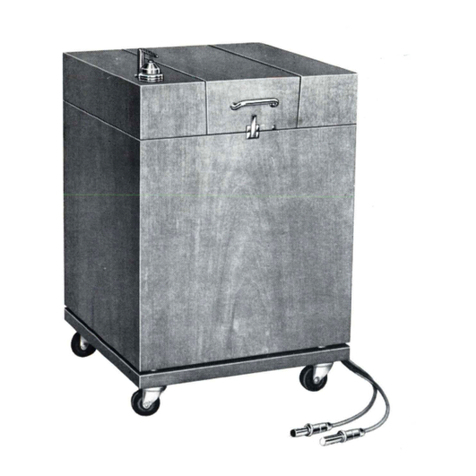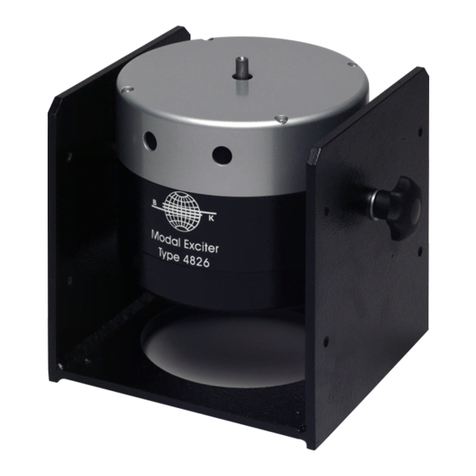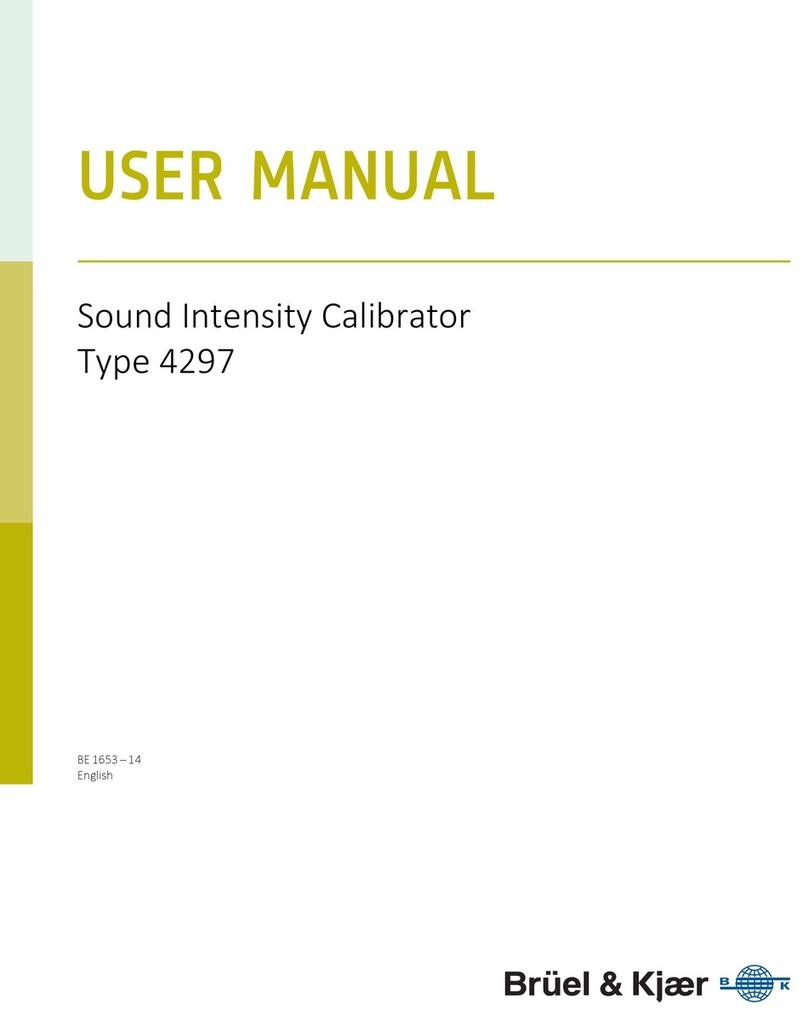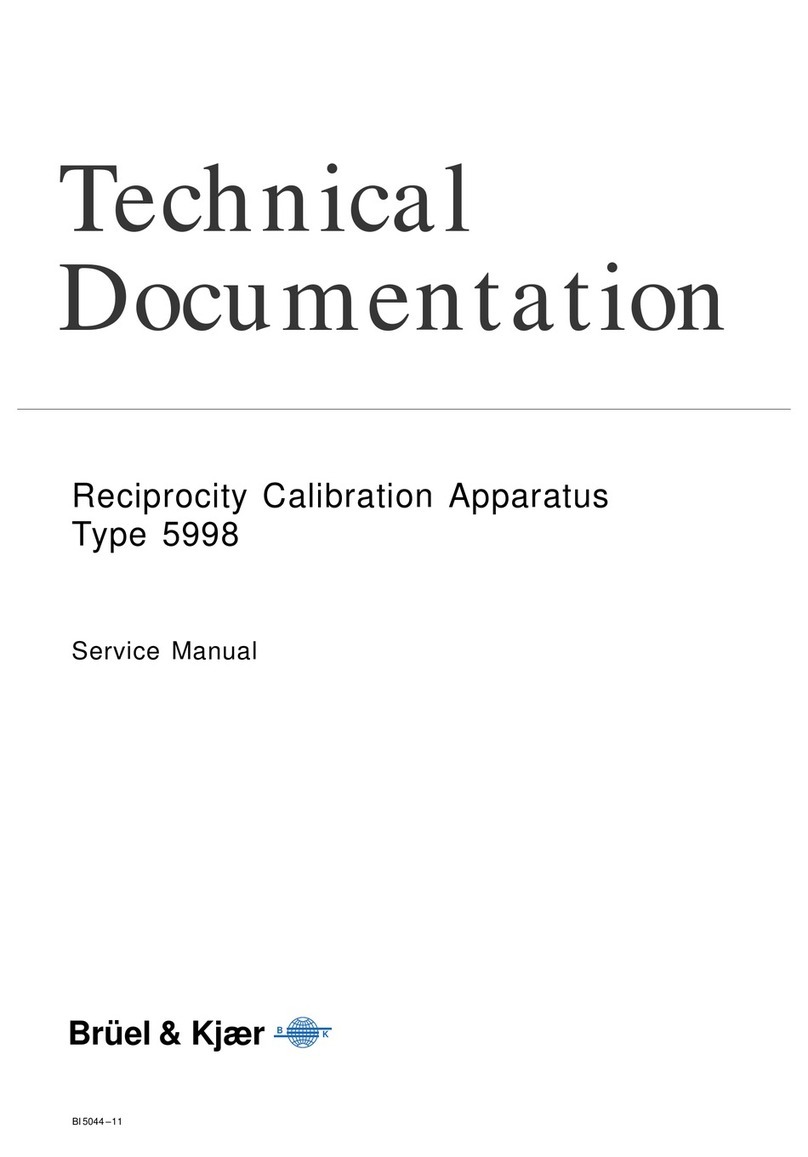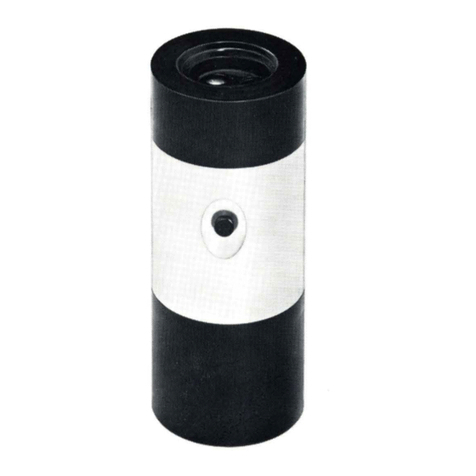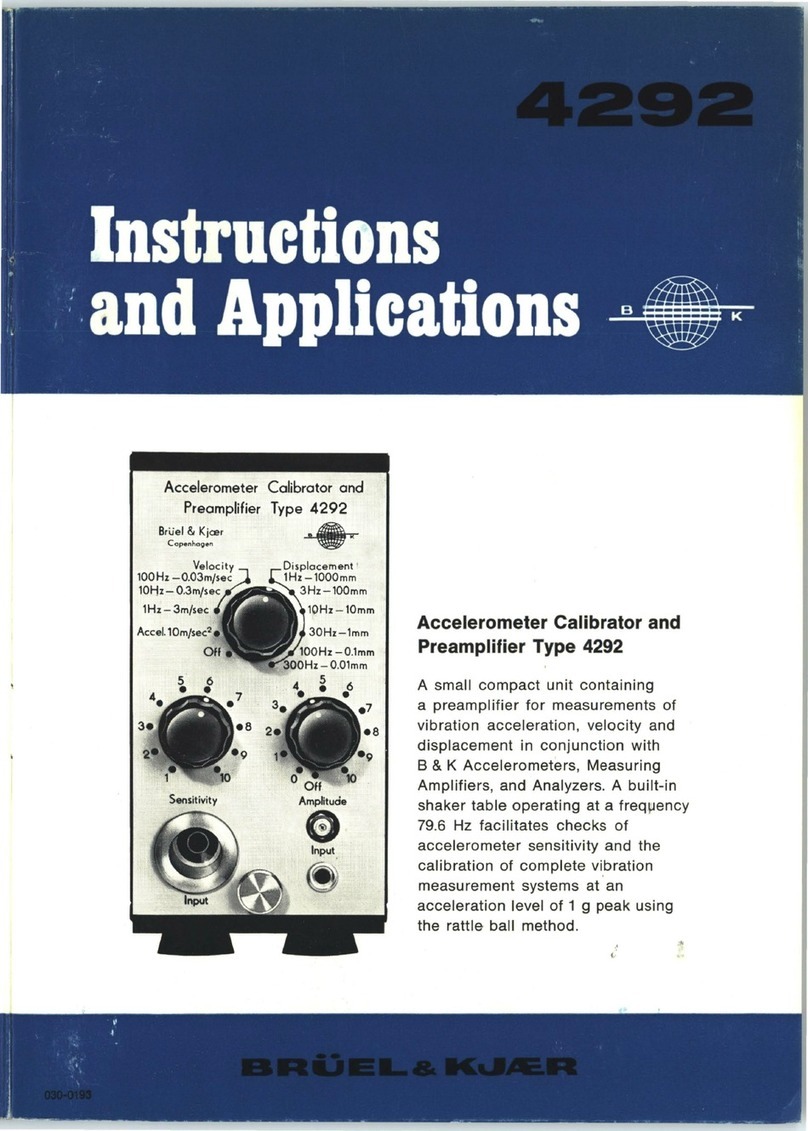
Contents.
Page
1.
Description
. . . . . . . . . . . . . . . . . . . . . . . . . . . . . . . . . . . . . . . . . . . . . . . . . . . . . . . 3
General
. . . . . . . . . . . . . . . . . . . . . . . . . . . . . . . . . . . . . . . . . . . . . . . . . . . . . . . . . . 3
Oscillator
and
Mixer
Section
. . . . . . . . . . . . . . . . . . . . . . . . . . . . . . . . . . . . . . 4
Partial
Blocking
of
Frequency
Range
. . . . . . . . . . . . . . . . . . . . . . . . . . . . . . 7
Output
Amplifier
Section
. . . . . . . . . . . . . . . . . . . . . . . . . . . . . . . . . . . . . . . . . . 8
Power
Supply
. . . . . . . . . . . . . . . . . . . . . . . . . . . . . . . . . . . . . . . . . . . . . . . . . . . . 9
2.
Control
Knobs,
Terminals
and
Shafts
. . . . . . . . . . . . . . . . . . . . . . . . . . . . . . .
11
3.
Operation
..............................
.
.........
.
....
..
.........
14
General
.....
.
...........................................
.
........
14
A.
Frequency
Calibration
. . . . . . . . . . . . . . . . . . . . . . . . . . . . . . . . . . . . . . . . . .
14
B.
Operation
Using
the
Output
Terminals
marked
LOAD
............
15
C.
Operation
Using
the
Built-in
Output
Attenuator
..................
15
D.
Frequency
Modulation
. . . . . . . . . . . . . . . . . . . . . . . . . . . . . . . . . . . . . . . . . . 15
E.
Automatic
Recording
. . . . . . . . . . . . . . . . . . . . . . . . . . . . . . . . . . . . . . . . . . .
17
F.
Partial
Blocking
of
Frequency
Range
............................
19
G.
Automatic
Regulation
of
the
Output
Power
. . . . . . . . . . . . . . . . . . . . . .
21
H.
Remote
Control
. . . . . . . . . . . . . . . . . . . . . . . . . . . . . . . . . . . . . . . . . . . . . . . . 22
I.
Trouble
Shooting
. . . . . . . . . . . . . . . . . . . . . . . . . . . . . . . . . . . . . . . . . . . . . . 22
4.
Combined
Units
..
.
.............
..
.............................
.
..
24
Automatic
Frequency
Response
Recorder
Type
3306 . . . . . . . . . . . . . . . . . . 24
Automatic
Frequency
Response
Recorder
Type
3328
............
.
.....
25
5.
Applications
. . . . . . . . . . . . . . . . . . . . . . . . . . . . . . . . . . . . . . . . . . . . . . . . . . . . . . 28
Electronic Measurements . . . . . . . . . . . . . . . . . . . . . . . . . . . . . . . . . . . . . . . . . . 28
Frequency
Response
Measurements
of
Four
Terminal
Networks
......
28
AC
Bridge
Measurements
. . . . . . . . . . . . . . . . . . . . . . . . . . . . . . . . . . . . . . . . . . 29
Automatic
Recording
of
Electrical
Impedance
....
.
.................
30
Frequency
Response
of
High
Quality
Amplifiers
. . . . . . . . . . . . . . . . . . . . 31
Acoustical Measurements
.........
. . .
..............................
32
Frequency
Response
of
Loudspeakers
(Tweeter) . . . . . . . . . . . . . . . . . . . . 32
Directional
Characteristics
of
Loudspeakers
. . . . . . . . . . . . . . . . . . . . . . . . 34
Recording
of
the
Frequency
Response
of
Sound
Projectors
..........
35
Directional
Characteristics
of
Projectors
................
.
...........
36
Recording
of
Frequency
Response
of
Hydrophones
.
.................
39
Mechanical Measurements . . . . . . . . . . . . . . . . . . . . . . . . . . . . . . . . . . . . . . . . . . 40
Automatic
Recording
of
Accelerometer
Frequency
Response
. . . . . . . . . . 40
6.
Specifications
. . . . . . . . . . . . . . . . . . . . . . . . . . . . . . . . . . . . . . . . . . . . . . . . . . . . . 42
